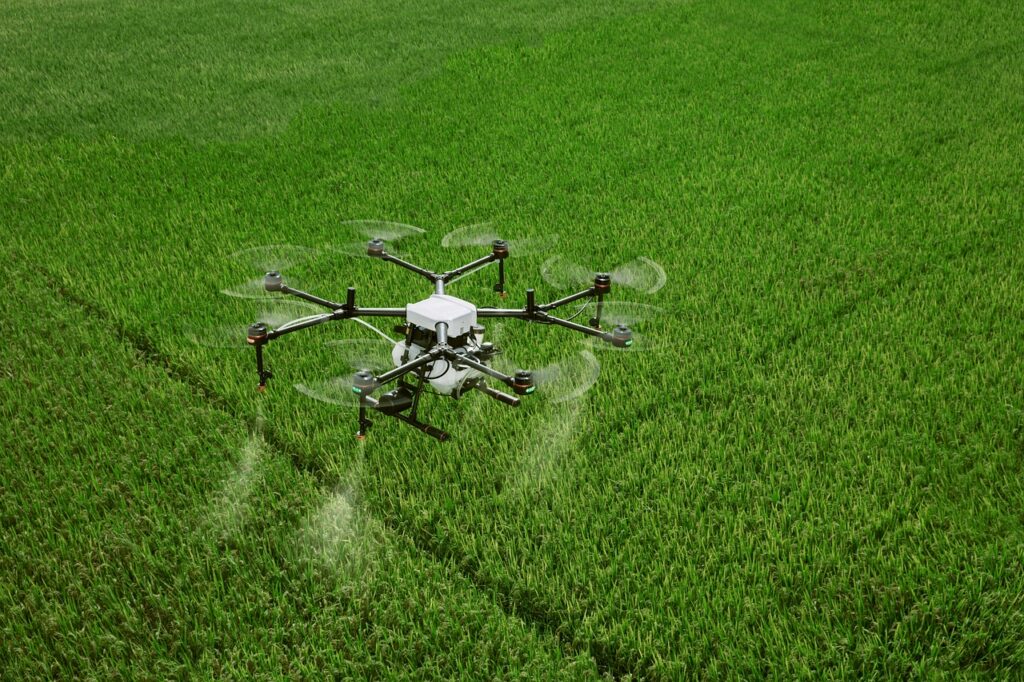- 1. Introduction
1.1 Overview of Drones
1.2 Growth of Drone Technology
1.3 Purpose of the Economic Impact Analysis - 2. Economic Contributions of Drones in Canada
2.1 Job Creation
2.2 Industry Growth
2.3 Increased Productivity - 3. Drones in Agriculture
3.1 Precision Farming
3.2 Crop Monitoring
3.3 Pest Control - Conclusion
Economic impact of drones in Canada
Introduction:
1.1 Overview of Drones:
Drones, also known as Unmanned Aerial Vehicles (UAVs), have rapidly evolved from military applications to a diverse range of commercial uses. In Canada, the economic impact of drones has been profound, influencing various industries and sectors.
1.2 Growth of Drone Technology:
Over the past decade, the drone industry in Canada has experienced significant growth, with advancements in technology and increased affordability driving widespread adoption. This article delves into the economic implications of this technological evolution.
1.3 Purpose of the Economic Impact Analysis:
The purpose of this analysis is to explore how drones contribute to Canada’s economy, focusing on job creation, industry growth, and enhanced productivity across different sectors.
Economic Contributions of Drones in Canada:
2.1 Job Creation:
The integration of drones into various industries has led to the creation of new job opportunities. Drone pilots, maintenance technicians, and data analysts are in high demand, contributing to employment growth and skill diversification.
2.2 Industry Growth:
Drones have fueled the growth of industries such as agriculture, construction, and transportation. The ability to perform tasks efficiently and cost-effectively has attracted investments, resulting in expanded operations and increased revenue.
2.3 Increased Productivity:
By automating repetitive tasks and providing real-time data, drones have significantly increased productivity in several sectors. This enhanced efficiency translates to cost savings and improved overall economic output.
Drones in Agriculture:
Drones equipped with sensors and imaging technology enable precision farming practices. Farmers can monitor crop health, assess soil conditions, and optimize resource usage, leading to increased yields and reduced environmental impact.
3.2 Crop Monitoring:
Aerial surveillance capabilities allow farmers to monitor large areas of farmland quickly. Drones provide valuable insights into crop development, helping farmers identify potential issues such as diseases or nutrient deficiencies before they escalate.
3.3 Pest Control:
Drones equipped with spraying systems offer an innovative approach to pest control. This targeted method reduces the need for traditional chemical applications, minimizing environmental impact and lowering costs for farmers.
Conclusion:
In conclusion, the economic impact of drones in Canada is multifaceted, encompassing job creation, industry growth, and increased productivity. As technology continues to advance, the integration of drones into various sectors is expected to further shape Canada’s economic landscape.
FAQs:
1. Are drones legal in Canada?
Ans: Yes, drones are legal in Canada, but they must be operated within the guidelines and regulations set by Transport Canada.
2. How are drones contributing to job creation?
Ans: Drones contribute to job creation by generating demand for skilled professionals such as drone pilots, maintenance technicians, and data analysts.
3. What challenges do drones face in Canada’s regulatory framework?
Ans: Challenges include adherence to Transport Canada regulations, addressing privacy concerns, and managing public perception regarding drone usage.
4. How do drones impact the agricultural sector in Canada?
Ans: Drones have a significant impact on agriculture by enabling precision farming, crop monitoring, and innovative pest control methods, leading to increased productivity.
5. What is the future outlook for drones in Canada?
Ans: The future outlook for drones in Canada includes advancements in technology, integration of AI, and potential disruptions in traditional industries, driving further economic growth.

